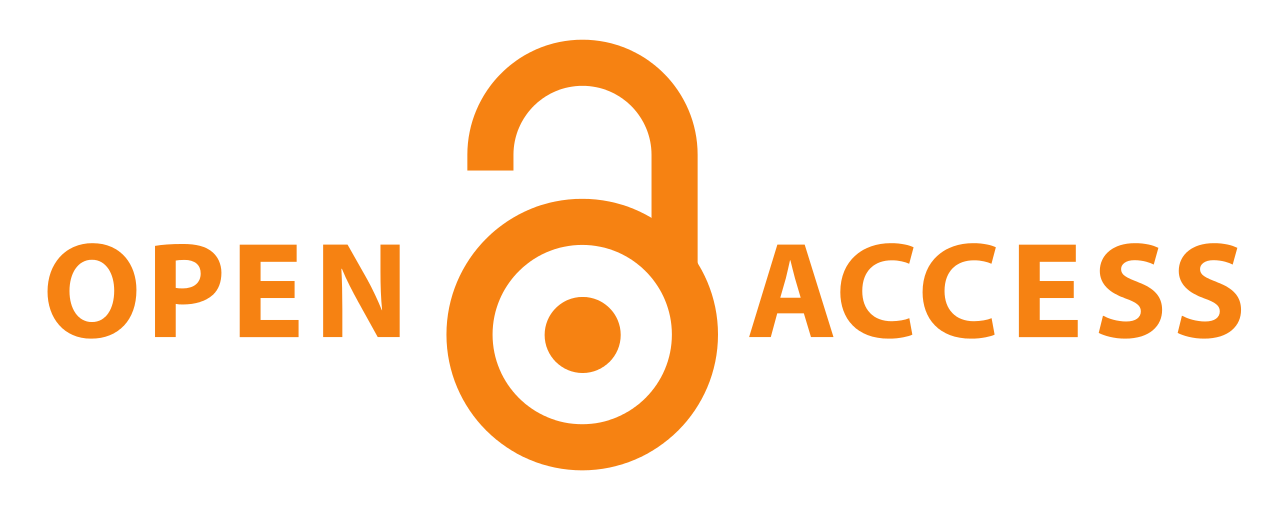Open access (OA) is a hot topic right now in librarianship! OA resources are available online for free, providing the public (and other researchers, for that matter) with research, data, and other information that is usually hidden behind the paywall of expensive journals and databases. Although OA journals and repositories aren’t always reputable, many trustworthy ones do exist and have publishing criteria and standards just like non-OA journals.

Open Access logo. Photo from Wikimedia.
Researchers looking to publish their work typically have the choice of publishing in OA or non-OA journals, each of which has its benefits and drawbacks. Some groups of researchers, like physicists and computer scientists, are notorious for their openly shared resources, research, and code. Although OA is challenging in some scientific fields, it’s catching on in more and more arenas.
Luckily, many people in the aquatic sciences are eager to share their work with the public and other researchers using OA! Throughout the next few months, I’ll be highlighting a few reputable aquatic OA resources that anyone can access for free using the internet. For each resource, I’ll provide an overview and links to get you started. Happy OA exploring!
Last time, I covered Aquatic Commons. For the second OA resource, I’ll be diving into the Biodiversity Heritage Library!
What is it?
Biodiversity Heritage Library (BHL) is an online library and archive with the tagline: “Inspiring discovery through free access to biodiversity knowledge.” It’s the largest OA digital library for biodiversity in the world! They also serve as the foundation for the literature aspect of the Encyclopedia of Life, another great biodiversity resource you can access online!
Who maintains it?
BHL is run by 11 staff members. Collections are contributed by participating institutions from all over the world and operates on a worldwide consortium model, allowing it to grow consistently.
What does it contain?
The real question here is what doesn’t it contain? If it’s related to biodiversity, you can probably find it in BHL! Direct from their website, “the BHL portal provides free access to hundreds of thousands of volumes, comprising over 55 million pages, from the 15th-21st centuries.” That’s a whole lot of content available for free! The staff curate collections for browsing, and some of the aquatic-related ones include Antarctic Exploration & Discovery, Under the Sea: World Oceans Day, and one curated in honor of Shark Week. In addition to these curated collections, there are many individual items to search through, as well!
Why is it a great resource?
- The size of the collection means that you can continue to explore endlessly
- They have contemporary and historical records, providing a great way to compare perspectives, methods, and outcomes across time
- They create these free, downloadable Color Our Collections coloring sheets that are beautiful, inspirational, and stress-relieving
- The contents of the BHL are collected, entered, curated, and maintained by real life librarians, archivists, and other experts, making it a consistent research experience
I look forward to sharing more aquatic sciences resources with you in the coming months!
